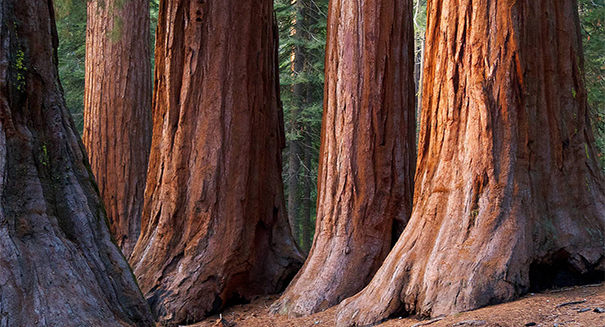
Growth acceleration in old trees has scientists rethinking the rules of aging
As people age, we become weaker, less effective and more fragile. Not so when it comes to trees, according to a study co-authored by researchers out of the University of Nebraska-Lincoln. In fact, not only do they not get weaker, but they continue to grow at an even faster rate and process carbon dioxide even better than their younger counterparts.
In order to find out why, researchers examined the aggregated biomass growth measurements of 673,046 trees belonging to 403 species from various temperate and tropical regions across every continent minus Antarctica. They found that for just about every species, the larger the trees got, the faster they proceeded to grow. Some specimens grew so fast that they were able to add the size-equivalent of an entire other mid-sized tree in a single year.
“Looking at data from whole forests — that is, all trees in a forest considered together as a unit — it is often found that forest productivity declines with the age of the forest, but that does not mean that the growth of the oldest trees declines,” said UNL biologist Sabrina Russo. “What turns out to be key to understanding tree growth is to examine the growth pattern of each individual, not just the forest stand as a whole.”
All plants play a role in cycling carbon dioxide out of our atmosphere. But, given their massive size, older trees play a disproportionately large role in the carbon cycle. The same conclusions that found the accelerated growth rates also help scientists understand the carbon cycle on a global scale.
“About 50 percent of a tree’s wood is carbon, so a rapidly growing, large, old tree can remove huge amounts of carbon from the atmosphere, through an enormous photosynthetic flux — far more than a younger, smaller tree can,” Russo said.
Altogether, the findings go against our fundamental understanding of aging in the plant and animal world. Still, older, fast-growing trees are not immune to more conventional signs of aging. As they grow older, their leaves process carbon dioxide less efficiently, although this is mitigated by an older tree’s much larger canopy and leaf area.
“The apparent paradoxes of individual tree growth increasing with tree size despite declining leaf-level and stand-level productivity can be explained, respectively, by increases in a tree’s total leaf area that outpace declines in productivity per unit of leaf area and, among other factors, age-related reductions in population density.”
Leave a Reply